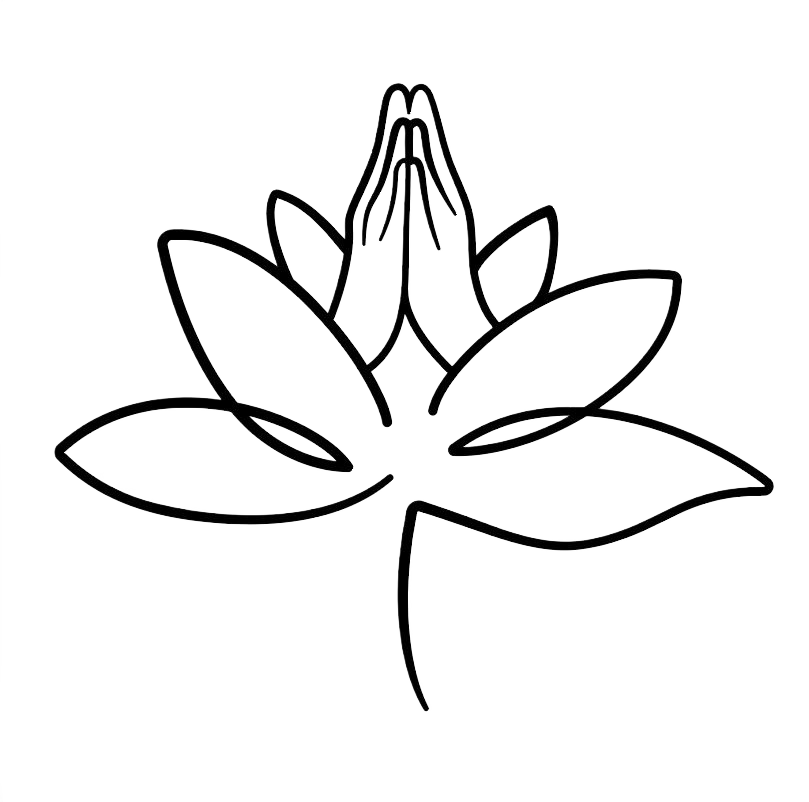Resilience in Yoga
Resilience is the ability to rise and move forward after going through traumatic shocks or difficult moments in life.
I have been wanting to write about this topic for some time now. Like everyone, I have experienced challenging periods, but I have always managed to move forward, sometimes with more or less help. Take children, for example: they are naturally resilient. They fall, hurt themselves, get back up — sometimes with the help of their parents or other adults — but it never stops them from playing again the next day.
We, as human beings, are born with this resilience and flexibility that allow us to navigate the curves of life. However, I have noticed that as we grow older, we tend to lose this resilience: we struggle to move forward, we accumulate resentment and sorrow, and we become less flexible.
In yoga, we work on reconnecting the body and the mind, whether through physical postures (asanas), breathing exercises (pranayama), or by adopting a yogic way of life. The physical benefits we feel have a deep physiological impact, reaching all the layers that make up our being.
By "layers," I am referring to the five layers of the self, known as Kosha in Sanskrit. Yoga philosophy teaches that a human being is not just a physical body but is composed of three essential bodies: the physical body, the astral body, and the spiritual body. The five Koshas are located within these three bodies.
The five Koshas serve as a roadmap for our inner journey of self-discovery. Resilience, like any essential quality, must be cultivated through each of these layers.
Here is a brief summary of the five layers of the Self:
Annamaya Kosha: the food sheath. It represents our physical body, made of matter. It ensures our survival by meeting our vital needs.
Pranamaya Kosha: the energy sheath, composed of various forms of energy. It governs our breathing, digestion, and circulation.
Manomaya Kosha: the mental sheath, which governs our cognitive functions such as thoughts, emotions, memory, and imagination.
Vijnanamaya Kosha: the intellectual sheath, linked to knowledge and wisdom. It allows us to distinguish right from wrong and the eternal from the illusory. Without it, we could neither grow spiritually nor evolve.
Anandamaya Kosha: the bliss sheath, a subtle veil that covers the Self. It is the source of our spiritual fulfillment and inner liberation.
Through my yoga practice, I cultivate my resilience: a flexibility that is not only physical but also psychological. It helps me, in everyday life, to face events with grace, adjusting and adapting to changes. This flexibility is felt across all layers of the Self, whether during my physical practice (asanas) or my mental practice (meditation).
On my mat, I am reminded of this truth: our ego sometimes pushes us to compare ourselves, to want to prove something. Often, we strive to achieve a posture even though, at that moment, it is not accessible. Yoga teaches me that the goal is not the final result, but rather what I cultivate along the way and the reason why I practice. Thus, I take a step back and choose to revisit the posture later, when it becomes accessible for me.
When faced with a challenge, I adapt, I learn... and I try again.

